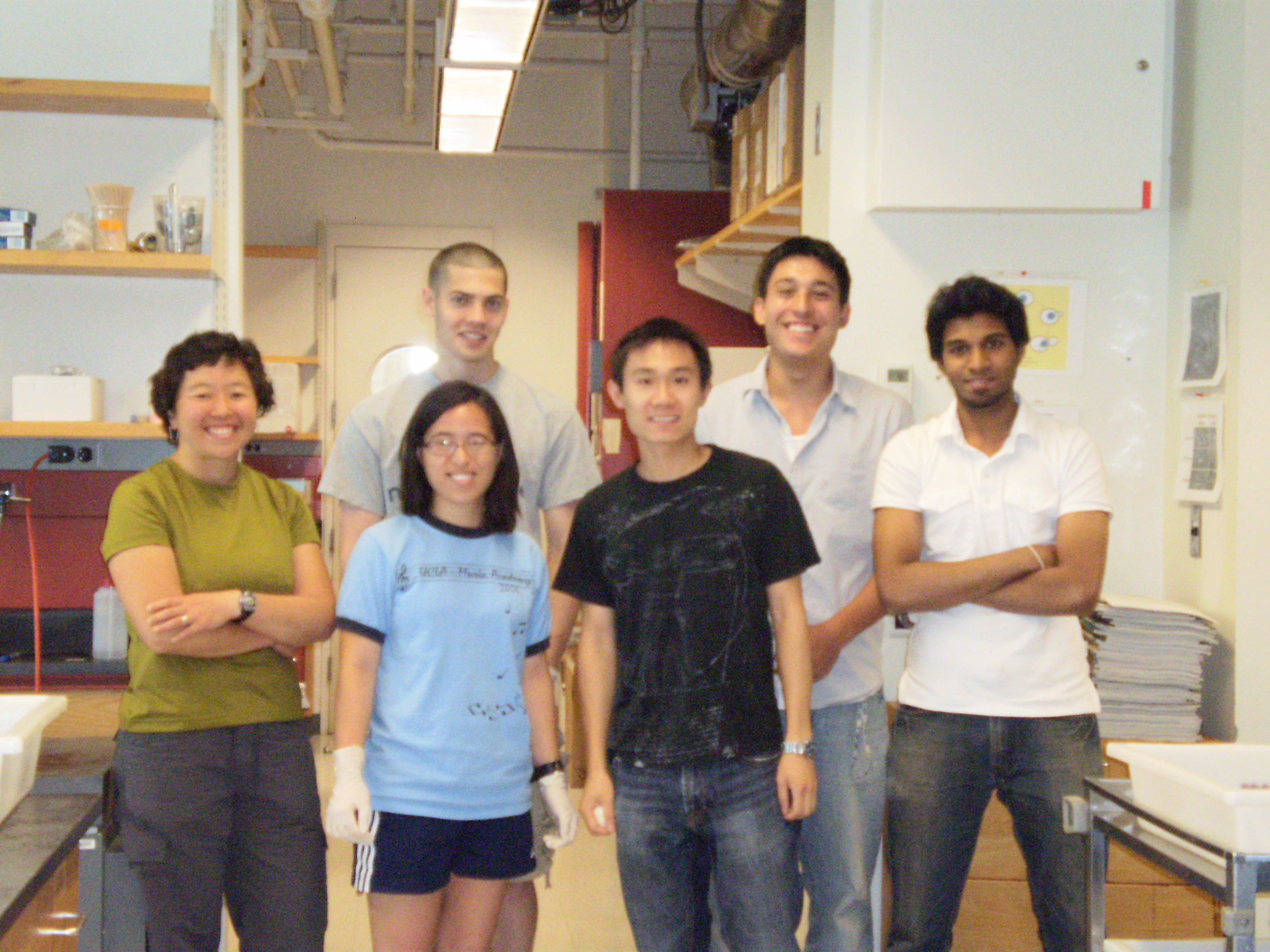|
|
| (15 intermediate revisions not shown) |
| Line 1: |
Line 1: |
| - | <!-- *** What falls between these lines is the Alert Box! You can remove it from your pages once you have read and understood the alert *** -->
| + | [[Image:CUGEM_Banner.png|center|800px]] |
| - | | + | |
| - | | + | |
| - | | + | |
| | {|align="justify" | | {|align="justify" |
| - | |'''Preliminary Project Description'''
| |
| - |
| |
| - | '''Objective:'''
| |
| - |
| |
| - | The goal of our project is to create a low-cost biosensor by using the metal ion homeostasis system of Bacillus subtilis to quantify environmental levels of cadmium in drinking water.
| |
| - |
| |
| - | '''Current cadmium measurement techniques:'''
| |
| - |
| |
| - | Transmission-based localized surface plasmon resonance (LSPR) fiber-optic probes have been developed to determine cadmium ion concentration, but the cost efficiencies of such an instrument significantly exceed the cost of a simple bacterial biosensor.
| |
| - |
| |
| - | '''Health Effects:'''
| |
| - |
| |
| - | Cadmium (Cd) is a toxic heavy metal which has no known biological function. Ingestion of Cd-contaminated water can induce diarrhea, severe vomiting, bone fracture (Itai-Itai disease), infertility, damage to the central nervous and immune systems, cancer development and ultimately death. For instance, in late 20th century Japan, cadmium contamination of water in the Jingzu River led to significant kidney problems and Itai-Itai bone disease in a fairly large population.
| |
| - |
| |
| - | '''Level of danger:'''
| |
| - |
| |
| - | Of late, cadmium levels have been better controlled by industrial regulation, but it still poses formidable problems. The Environmental Protection Agency (EPA) has set cadmium level regulations at a maximum of 5µg/L in drinking water. Of the 1,669 hazardous waste sites on the EPA's National Priorities List (NPL), 1,014 contain cadmium. The Australian National Pollutant Inventory (NPI) has ranked cadmium number 6 out of 400 of the most toxic substances based on health and environmental hazards and human and environmental exposure to the substance. According to the NPI, Cd has a total hazard rating of 4.3 as compared to 2.8 for carbon monoxide and 4.0 for arsenic.
| |
| - |
| |
| - |
| |
| - | |[[Image:Team Photo.JPG|right|300px]]
| |
| - | |-
| |
| | | | | | |
| - | | + | {| style="border:1px solid #cef2e0; background:#f5fffa; color:#008811; vertical-align:top;" cellpadding="3" cellspacing="1" width="900px" align="center" |
| - | |}
| + | !align="center"|[[Team:Cornell|The Project]] |
| - | | + | !align="center"|[[Team:Cornell/Project/Background|Background]] |
| - | <!--- The Mission, Experiments --->
| + | !align="center"|[[Team:Cornell/Project/Design|Design]] |
| - | | + | |
| - | {| style="color:#1b2c8a;background-color:#0c6;" cellpadding="3" cellspacing="1" border="1" bordercolor="#fff" width="62%" align="center" | + | |
| - | !align="center"|[[Team:Cornell|Home]] | + | |
| - | !align="center"|[[Team:Cornell/Team|The Team]] | + | |
| - | !align="center"|[[Team:Cornell/Project|The Project]] | + | |
| | !align="center"|[[Team:Cornell/Parts|Parts Submitted to the Registry]] | | !align="center"|[[Team:Cornell/Parts|Parts Submitted to the Registry]] |
| - | !align="center"|[[Team:Cornell/Modeling|Modeling]]
| |
| | !align="center"|[[Team:Cornell/Notebook|Notebook]] | | !align="center"|[[Team:Cornell/Notebook|Notebook]] |
| | + | !align="center"|[[Team:Cornell/Team|The Team]] |
| | |} | | |} |
| - | (''Or you can choose different headings. But you must have a team page, a project page, and a notebook page.'')
| + | |
| | + | =Project Abstract= |
| | + | [[Image:CUTeam.JPG|right|500px]] |
 "
"

